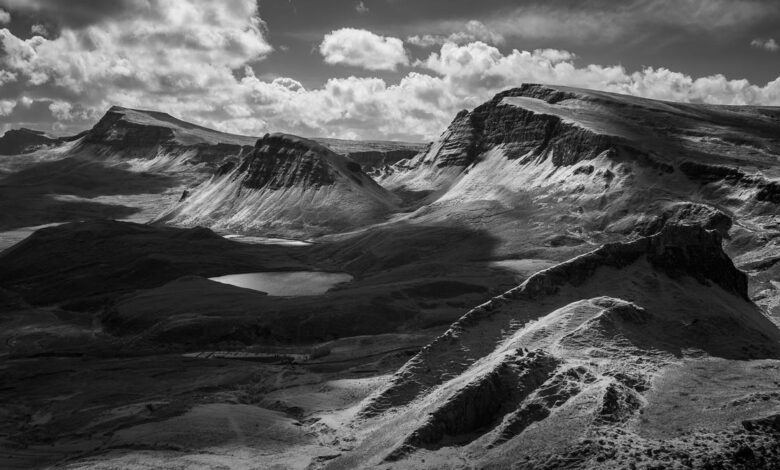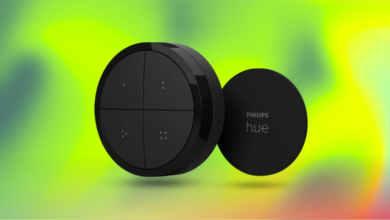Don’t sell that old camera: hack it to take beautiful photos like this

My Canon 6D is over 11 years old and while it has served me well in that time, it has been replaced by multi-generational upgrades (including my current Canon EOS R5) and is now collecting dust in a cupboard. I considered selling it, but I would get so little for it that it didn’t seem worth it. Then I had another idea: convert it to record images in infrared.
Read more: Best camera to buy in 2024
Converting a camera to photograph infrared means that the sensor is adjusted in such a way that it is only sensitive to infrared light. While it is possible to do this yourself if you are particularly good with electronics, I opted to use a service in Britain called Pro-Tech photography. For £320 (about $400 or AU$625), Pro Tech converted my aging full-frame 6D to shoot 720nm infrared. In the US, Kolari vision offers a similar service. The reviews are good, but I haven’t used the company myself.
A landscape photo with “false colors”, taken with a camera converted for infrared and processed in Adobe Photoshop.
Infrared light is invisible to the naked human eye, but through the camera it can produce weird and wonderful effects. Most noticeably, any green grass or foliage looks particularly bright (almost white) because the chlorophyll in the green reflects a lot of infrared light back to the camera. You usually see two types of infrared photography. The first is called false color (see above), where the raw infrared file is processed in Photoshop using channels to create a color image with dramatic blue skies and often white leaves. It looks surreal and some of my false color images look good.
But the real fun for me is creating black and white infrared images. Infrared photography seems to work best under bright sunlight, often in the middle of the day, when the sun casts strong shadows. These are conditions that photographers typically avoid, especially in landscapes, but infrared thrives here, delivering high-contrast images with blue skies turning almost black, highlighting any fluffy clouds in the sky.
A black and white landscape photo, taken with a camera converted for infrared
Converting these shots to black and white creates dramatic images with powerful contrast that I absolutely love. I took the camera on a trip to the Isle of Skye in Scotland and I’m so happy with the landscape photos I captured (seen in this article and in my YouTube video above). I prefer it to the color versions I shot with my camera. much more expensive Canon R5.
Read more: Best gifts for serious photographers
And of course I can convert those color images to plain black and white, but they won’t look the same as black and white images taken in infrared and will lack the ethereal look that IR can achieve.
Strictly speaking, it is possible to achieve the same effect with infrared filters that attach to the front of your lens. However, these work by blocking all light except infrared, meaning very little light is allowed through the lens. As a result, you have to use long exposure times (often several seconds) to get enough light for a good photo. With filters, you also need to use a tripod, otherwise any movement in the scene (such as trees blowing in the wind) will be blurred.
I loved this shot taken with the infrared camera. It deserved to be printed in a nice large format.
I’ve really enjoyed my experiments with infrared photography so far and I’m really looking forward to doing more this summer. I loved one of my photos enough to print it and hang it on the wall of my home studio. If you’ve never tried it but like black and white images, I definitely recommend considering a conversion. It’s not super cheap, but it’s a great way to repurpose that otherwise outdated camera and enjoy the creative thrill of taking photos in a whole new way.




